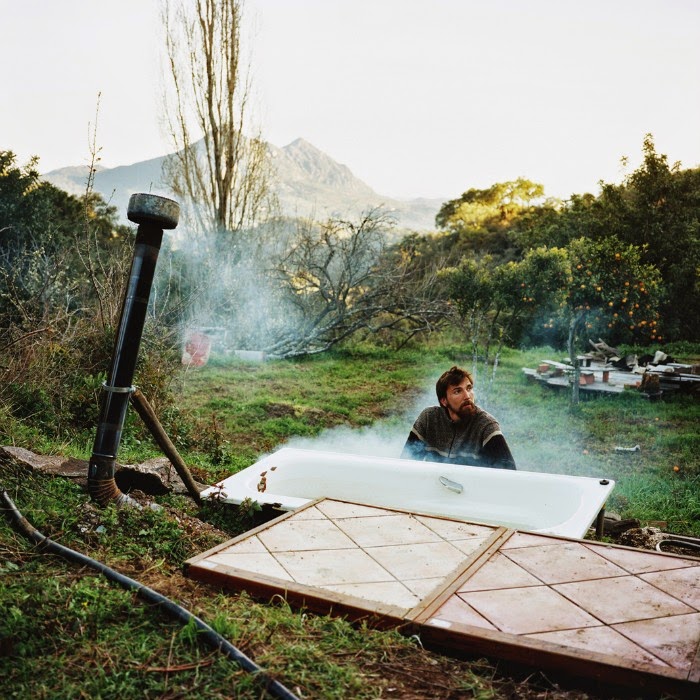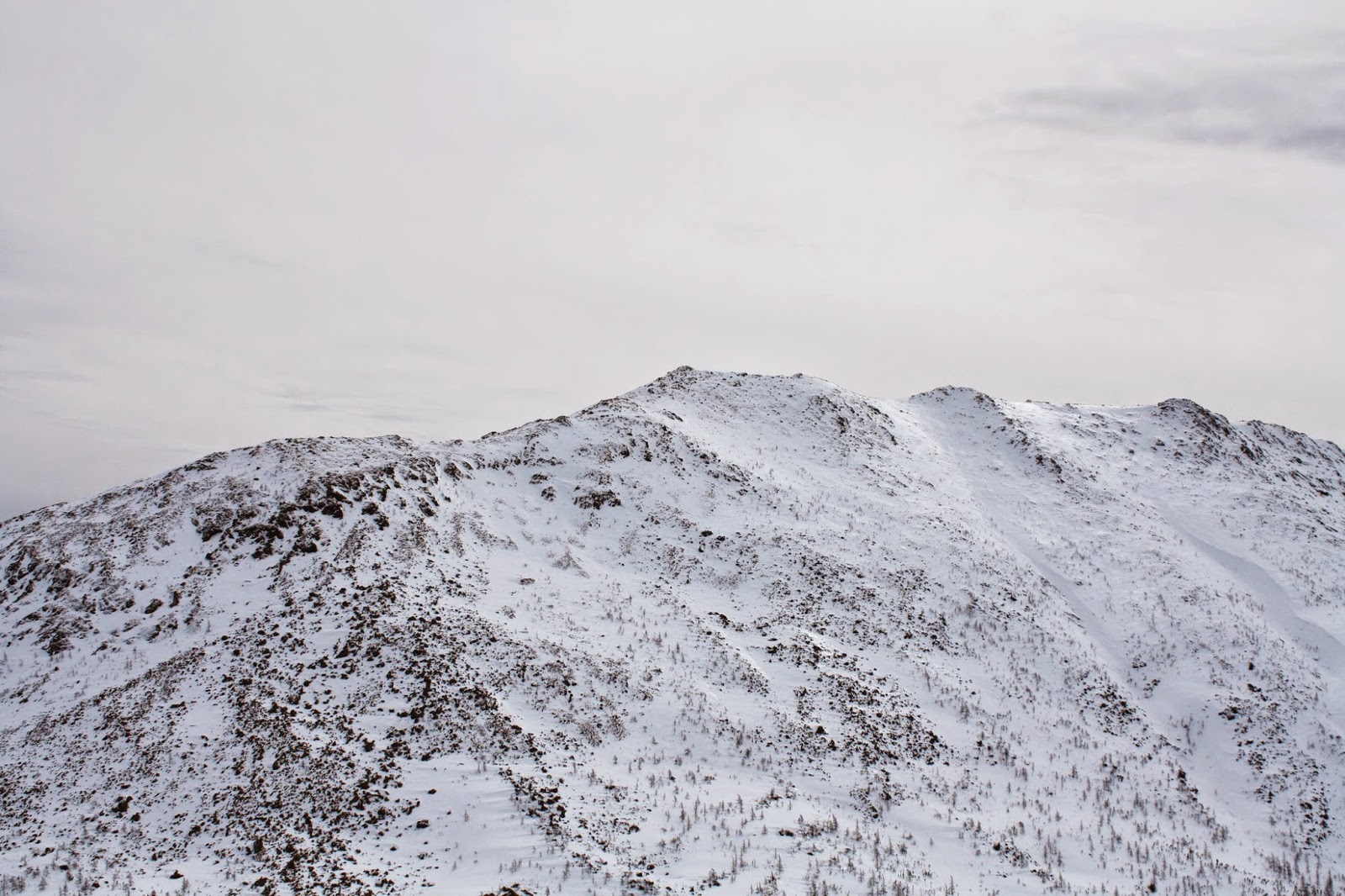Anna Hall
4.19.2015
Photographic Inspiration
TIM SESSLER
ERIC HOLUBOW
Epilogue (2014)
EIRIK JOHNSON
from Barrow Cabins
from Borderlands (2005)
from The Mushroom Camps
ANTOINE BRUY
from Scrublands (in progress)
Decay of Style
Schlitz Brew House (2012)
from Abandoned: America's Vanishing Landscape
DAVID HILLIARD
Andreu (1997)
Lost Bouquet (2011)
Rock Bottom (2008)
4.15.2015
Anything But
1. Finding abandoned vacuum cleaners.
2. Double Blind No.1
https://vimeo.com/channels/staffpicks/119089169
3. Littmus Lozenges in Because of Winn Dixie (Kate diCamillo)
4. “We die containing a richness of lovers and tribes, tastes we have swallowed, bodies we have plunged into and swum up as if rivers of wisdom, characters we have climbed into as if trees, fears we have hidden in as if caves.
I wish for all this to be marked on by body when I am dead. I believe in such cartography - to be marked by nature, not just to label ourselves on a map like the names of rich men and women on buildings. We are communal histories, communal books. We are not owned or monogamous in our taste or experience.”
― Michael Ondaatje, The English Patient
5. Antonio Lopez Garcia, "Sink and Mirror," 1967
6. Hungry Ghost - Starfucker
https://www.youtube.com/watch?v=qPjZu14uAfE
8. Il me semble que je serais toujours bien là où je ne suis pas
2. Double Blind No.1
https://vimeo.com/channels/staffpicks/119089169
3. Littmus Lozenges in Because of Winn Dixie (Kate diCamillo)
4. “We die containing a richness of lovers and tribes, tastes we have swallowed, bodies we have plunged into and swum up as if rivers of wisdom, characters we have climbed into as if trees, fears we have hidden in as if caves.
I wish for all this to be marked on by body when I am dead. I believe in such cartography - to be marked by nature, not just to label ourselves on a map like the names of rich men and women on buildings. We are communal histories, communal books. We are not owned or monogamous in our taste or experience.”
― Michael Ondaatje, The English Patient
5. Antonio Lopez Garcia, "Sink and Mirror," 1967
6. Hungry Ghost - Starfucker
https://www.youtube.com/watch?v=qPjZu14uAfE
7. Without You - Lapalux
4.06.2015
3.11.2015
Daily Posts
3.22.15
3.21.15
3.20.15
3.19.15
3.18.15
3.17.15
3.16.15
3.15.15
3.14.15
3.13.15
3.12.15
3.11.15
3.10.15
3.9.15
3.8.15
3.7.15
3.21.15
3.20.15
3.19.15
3.18.15
3.17.15
3.16.15
3.15.15
3.14.15
3.13.15
3.12.15
3.11.15
3.10.15
3.9.15
3.8.15
3.7.15
2.18.2015
McMurdo Sound, 1915
This is lost photograph from Ernest Shackleton's Ross Sea Party (1914-1917) at Scott's Cape Evans Antarctic base. Negatives were recovered from the darkroom there recently and carefully separated and developed. I like this image because it captures a moment in time that would have been forgotten otherwise, and the passage of time has left physical marks on the film that then contribute to its formal qualities.
ABE MORELL
Camera Obscura - View of Central Park Looking North, Summer 2008 and Winter 2013
I'm intrigued by these images because they deal with time in two dimensions. On one level, they are a series that depicts the same landscape over four seasons (also including fall and spring). More interesting to me is the passage of time inherent in the photograph. My understanding is that these had to have been very long exposures in order to let enough light from the room (lit only by a pinhole in the opposite wall) into the camera. I like that these photographs have time both as subject and process.
JOHN DIVOLA
Three Acts (1977) Zuma #41 (1977)
The picture below was interesting to me primarily in the context of the above series. It also captures movement and time but in a much more spontaneous way. The fact that one artist made both images makes me wonder about the conceptual similarities between the two. The grainy black and white photographs and the extensive treatment of dogs running reminds me of Muybridge's running horses studies.
Dogs Chasing My Car in the Desert (1996-2001, published 2004)
IRINA WERNING
Cecile 1987 and 2010, France Nico Mella 1990 and 2010, France
Nico 1986 and 2010, Buenos Aires
These are from a project called Back to the Future. While such an obvious subject of time passing could be trite, I think these are incredibly successful because of how accurately she is able to replicate the entirety of the scene in terms of location, subject, color, focus. I'm particularly impressed by the lighting - she has taken snapshots (with overall bad light) and meticulously recreated every shadow, down to the precise angle of the flash. I'd love to see what other photographs she took to end up with these final image pairs.
NICHOLAS NIXON
Like Werning's series, Nixon is quite literally capturing the changes that come with passing time. I like that he does not seem to force a particular pose or mood on his subjects, but allows them to act naturally - in this way the honesty of the sister's personalities comes through over the many images. I wanted to include another artist with this series but I could not find her name. She was a feminist photographer working in the 60's or 70's (I think) who photographed herself daily for a month of not eating. They seem similar to me in that the artist is interested in a comparison over time, as if documenting a progression of change.
SUSAN DOBSON
NICHOLAS NIXON
Brown Sisters (1975-2014)
Like Werning's series, Nixon is quite literally capturing the changes that come with passing time. I like that he does not seem to force a particular pose or mood on his subjects, but allows them to act naturally - in this way the honesty of the sister's personalities comes through over the many images. I wanted to include another artist with this series but I could not find her name. She was a feminist photographer working in the 60's or 70's (I think) who photographed herself daily for a month of not eating. They seem similar to me in that the artist is interested in a comparison over time, as if documenting a progression of change.
SUSAN DOBSON
Untitled from Sense of an Ending (2013)
This photograph feels like a connection between True Fiction and Over Time; Dobson took pictures of existing buildings and modified them to reflect the effects she imagines the passage of time would have on the spaces. She creates an alternate reality out of a real place, and it is something that could feasibly become true.
JOHN CLANG
JOHN CLANG
Time (Apple Store) (2009)
Like Dobson, Clang is manipulating his photographs to create another sense of time and space. Here he's compiling fragments of time in one place as if they could coexist in one moment.
DAVID HURN
Jumping Cactus, Arizona (1980)
Subscribe to:
Comments (Atom)























































